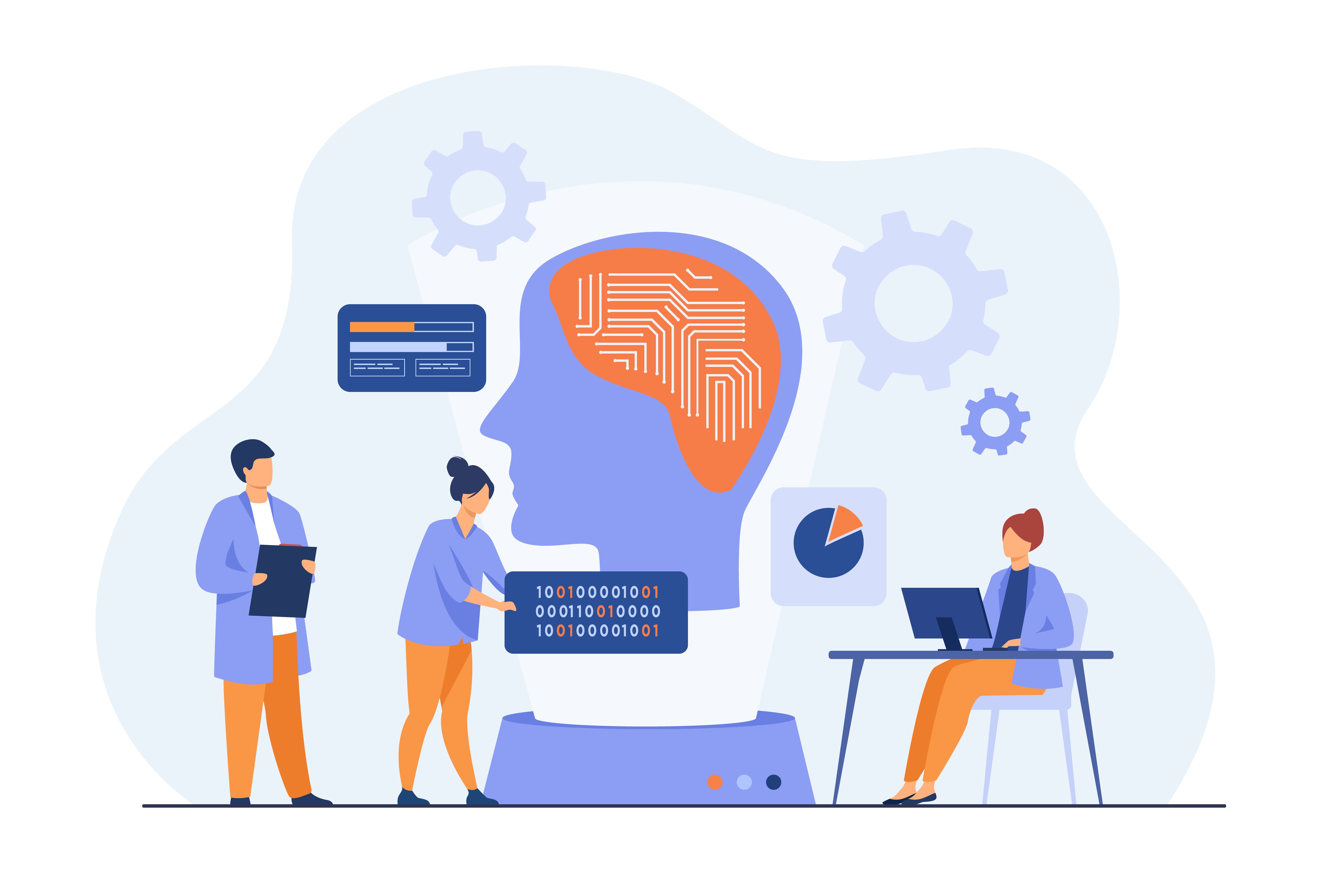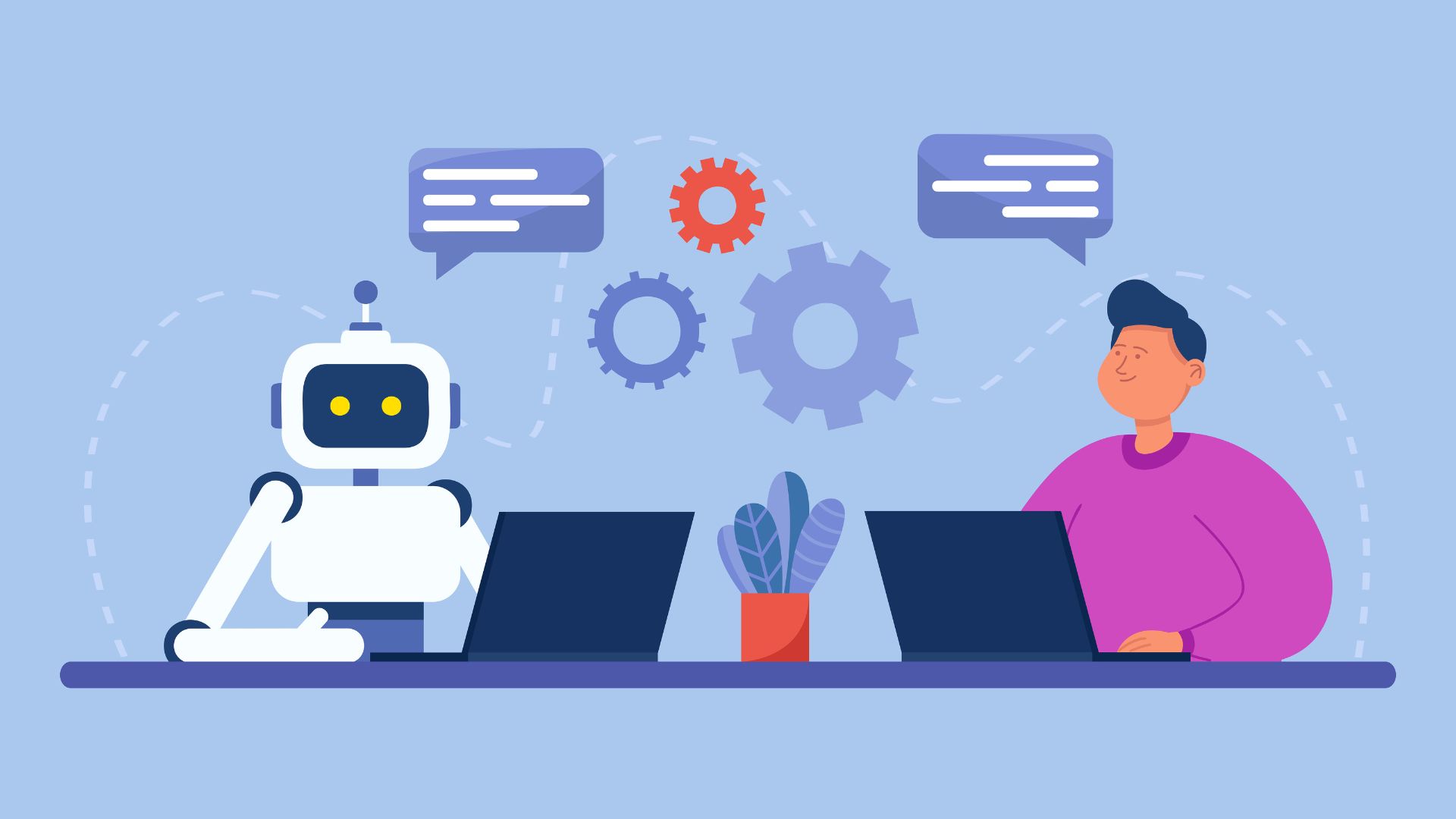UNESCO’s Office for the Caribbean has launched a regional survey examining gender and AI, titled Perception of AI Fairness and Online Safety among Women and Girls in the Caribbean. The initiative addresses the lack of data on how women and girls experience technology, AI, and online violence in the region.
Results will guide policy recommendations to promote human rights and safer digital environments.
The 2025 survey is part of a broader UNESCO effort to understand AI’s impact on gender equality. It covers gender-based online violence, generative AI’s implications for privacy, and potential biases in large AI models.
The findings will be used to develop a regional policy brief compared with global data.
UNESCO encourages participation from women and girls across the Caribbean, highlighting that community input is vital for shaping effective AI policies. A one-day workshop on 10 December 2025 will equip young women with skills to navigate AI safely.
The initiative aims to position the Caribbean as a leader in ensuring AI respects dignity, equality, and human rights.
Would you like to learn more about AI, tech and digital diplomacy? If so, ask our Diplo chatbot!









